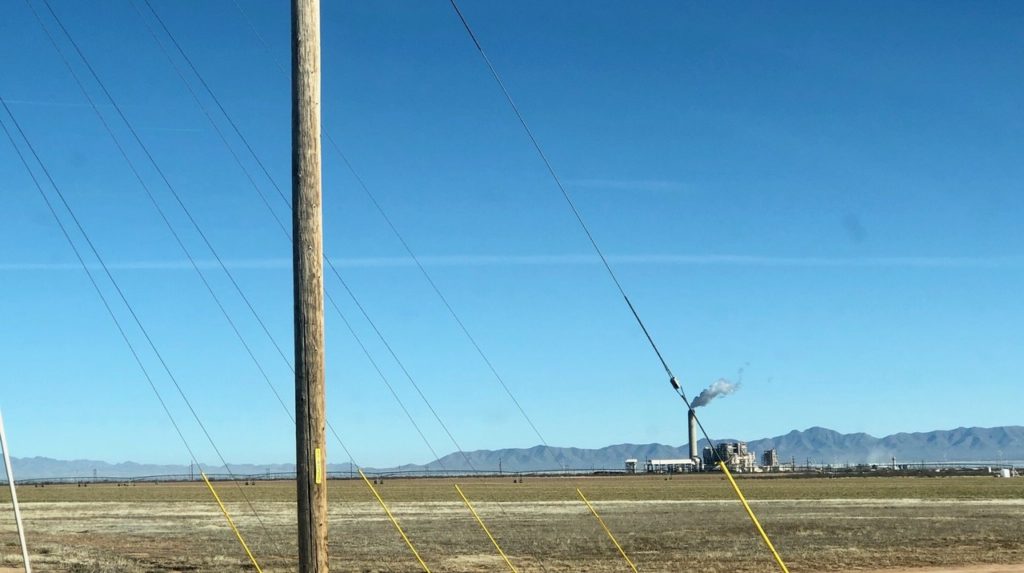I haven’t been working since December and I’ve concurrently had irregular access to the internet, which has allotted me plenty of time to read…books! In the last few months, by book I’ve visited Mongolia, Japan, Lhasa, the expansive American Southwest, Honduras, Guatemala and Mexico. How coincidental that two of the books I’ve read happened to take place in the areas where I am traveling! I also stumbled upon a podcast about an area we traveled through.
Listening to: Boomtown Podcast
With all the podcast hype out there, it feels impossible finding one to listen to. I’m so skeptical of all of them! Everyone is trying to steal your attention all the time! Omg, am I anti-podcast? No… I think I’m just overwhelmed by the options. Anyways, Michal and I were on the road and had hours of driving ahead of us, so I figured it was an appropriate time to try out a new one.
As Michal and I entered into bustling El Paso, Texas from lonely Las Cruces, New Mexico (where my stepmom grew up! …we found $1 showers at the rec center there…) Boomtown popped up as featured podcast. Boomtown, a project of Texas Monthly, is a fascinating, well-reported 10-episode series about the roughnecks and billionaries and rugged places and legends of the West Texas region known as the Permian Basin. It offers the listener an intimate, insider’s look at the history of oil booms and busts in the area. Coincidence or is Apple Podcasts spying on me; it suggested it just as we were entering the exceptionally desolate West Texas itself! … the heart of where the podcast takes place.
The first episode, “Highway to Hell,” instantly draws you in, grimly describing a sector of US highway 285 – “death highway” – and on our exact route. Fortunately, the section of the highway we would drive was immediately south of where the episode takes place. Tune in to discover what makes this degrading country road, a main artery for truckers, oilfield workers and residents, so dangerous, and to get the real stories behind oil exploration – the history, people, key places, money, and future of oil – in the U.S. and abroad.
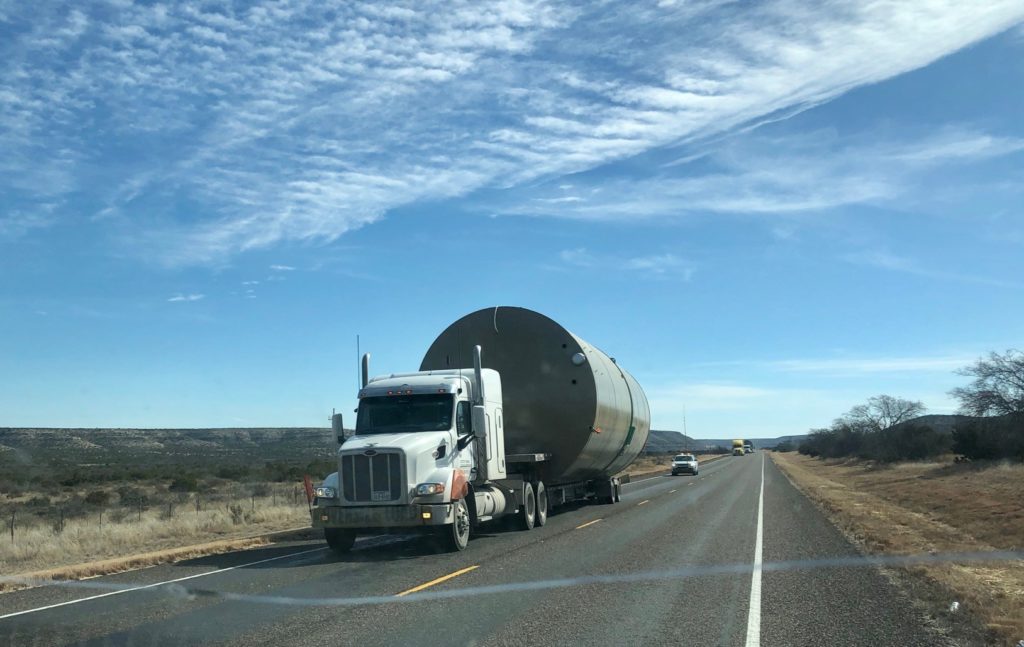
What podcasts do you love? Tell me your recommendations in the comments below!
Finishing The Monkey Wrench Gang
For the last two or so years, I’ve had a self-imposed assignment – to make my way through all the books I own and haven’t either started or finished, and only borrow new ones from the library. When Michal and I departed from his parents house in Ogden, Utah for a year of travel in late December, I’d whittled down my library quite a bit! I’m pretty proud of this, as a lot of the books I’ve owned but not read are pretty dense material, almost reference books.
One of the final remaining ones, on the lighter side, was The Monkey Wrench Gang by Edward Abbey. I devoured Desert Solitaire, another one of his books, but started Monkey Wrench a few years back only making it a few chapters in. It was pleasing to, coincidentally, pick up the pick the book again just as we were driving into the region where the book takes place, stretching from northern Arizona, southern Utah and Albuquerque, New Mexico.
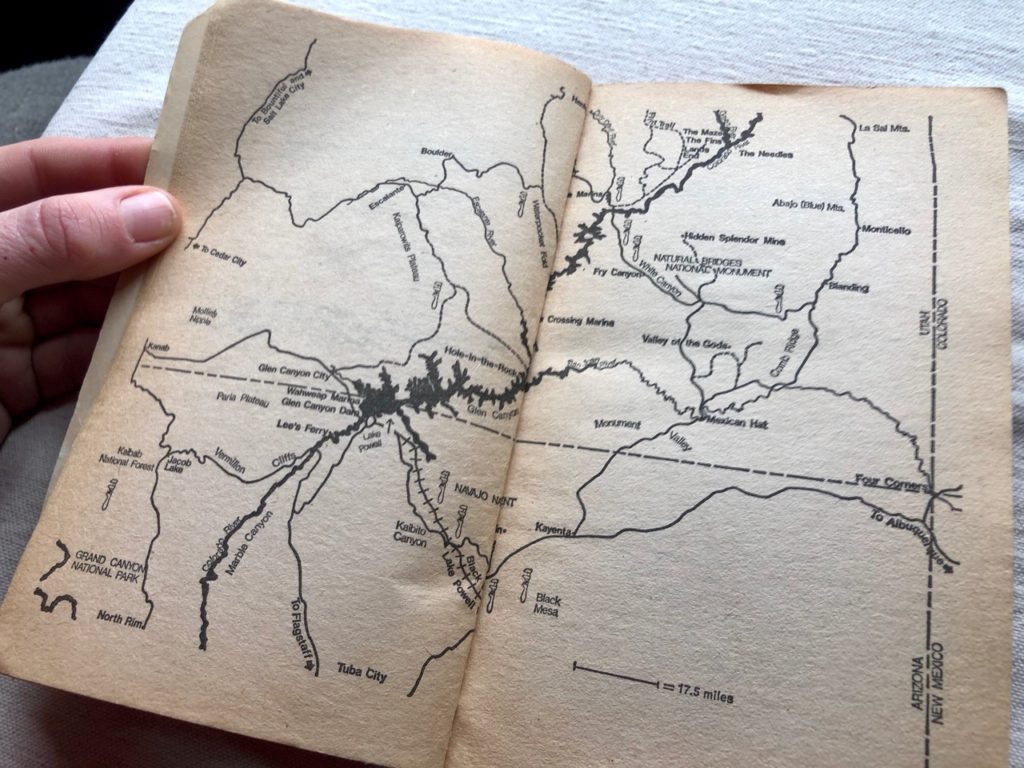
I’m already familiar, luckily, with southern Utah, from Monticello over to Glen Canyon and Zion. But Northern Arizona, around the Kaibab Plateau and Jacob Lake, was new to me and I wiggled with excitement to see it through Abbey’s eyes. I delighted in Abbey’s disgust, creatively told through a rag-tag group of four “envirn-meddlers”, for the industrial chaos which plagues the region, and the unchecked development of virgin, beautiful territory for human whims. Indeed, “Abbey is one of the very best writers to deal with the American West.” (Washington Post)
“It’s a wildly funny, infinitely wise, nearly tragic tale of man against the big god machine – man against concrete, man-made lakes, and parking lot wastelands, Flawlessly constructed, imaginatively detailed, faultlessly crafted…what a thing of beauty is Ed Abbey’s The Monkey Wrench Gang.”
– The Houston Chronicle
For at once poetic and belligerent writing on the West, this book is it. It’ll inspire the crusader in you to blow up a bridge, slash the tires of a logging truck, or down a billboard.
For a “fiercely tender and provocative response” to Abbey’s blatant misanthropy and other Monkey Wrench missteps, check out this interview with Amy Irvine, award-winning author of Desert Cabral – published on the fiftieth anniversary of Desert Solitaire. Amy’s experience and upbringing puts her in a unique position to take on Abbey and contend with his practically undisputed reputation as “literary hero,” grandfather and groundskeeper of the American West
“With humor, wisdom and a sense of urgency, Irvine uses Desert Solitaire as a jumping off point to assess the current state of the world, to expose the very human error of the literary heroes on dusty pedestals, and to reinsert many of us back into the narrative… No matter your feelings about Edward Abbey, Irvine’s Desert Cabal adds necessary depth to the dialogue.”
– Albuquerque Alibi
Free Camping in Texas? Forget it.
The fairy tale concept of “public lands” which I am used to, being from the American West, isn’t really a thing in Texas; there is virtually no free or dispersed BLM camping in West Texas, the region of Texas we drove through on our way to Monterrey, Mexico. Thus, Michal and I – after avoiding it for the last 1.5 years – spent the night in a Wal-Mart parking lot for the first time in Fort Stockton, Texas, where, yes, apparently all the men really do drive shiny pickup trucks and wear cowboy hats.
We bought a Wildlife Management Access pass ($12) from Wal-Mart so that for our second night we’d need to spend in Texas, we could legitimately park and sleep overnight somewhere peaceful. We pulled up to the entrance of the Chaparral Wildlife Management Area. A high, rusted padlocked gate, closing off 15,200 acres of South Texas brush country in La Salle and Dimmit Counties greeted us. It had more cemetery or prison vibes than pristine wilderness vibes…
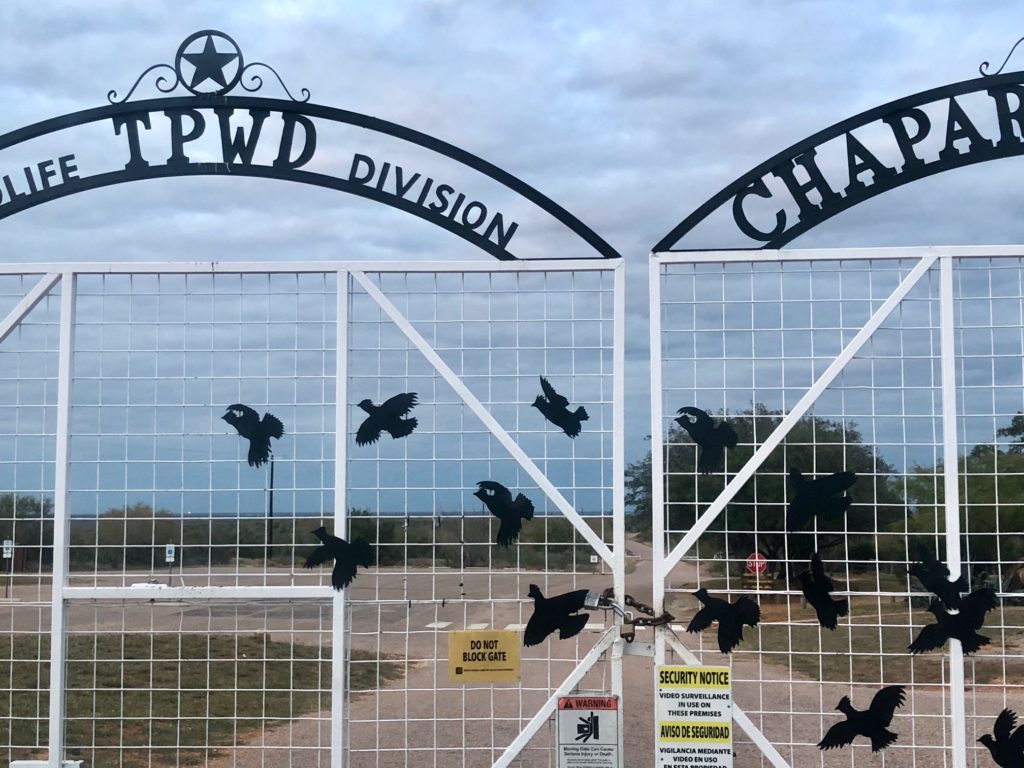
What? Closed? …Finally, we found a second entrance with not a soul around for miles.
65 percent of “The Chap” has been subjected to mechanical treatments to reduce brush, which typifies the majority of south Texas. Previous and present mineral exploration have resulted in several oil/natural gas well sites, as well as numerous seismic and pipeline right of ways.
“Since Parks and Wildlife purchased the “Chap”, it has provided a site for conducting numerous research studies involving, but not limited to, white-tailed deer, feral hog, javelina, bobwhite quail, Texas tortoise, Texas horned lizard, and their habitats. Vegetative communities are monitored to assess management practices. Research on vegetative response to habitat treatments provides management information to private landowners.” – CWMA website.
What do you know about camping and public lands in Texas? What do you think of Texas? Tell me in the comments below!
My New Favorite Antojito: Arroz Rojo
One thing I’ll be dreaming of long after we leave Mexico is Meli’s red rice. Meli has turned out to be our host here in La Cienega de Gonzalez, Mexico, the pueblo we are based out of for climbing in El Salto. Meli has a sign outside her house which says “Estacionamiento / 50 pesos” which is on the road we walk everyday to climb, about 25 minutes, at the Las Animas wall. Meli was waving to us one day and we inquired about her “estacionamiento” (parking lot). She said she would be glad to accommodate us and offered us anything she could.
Meli invites us to eat her storybook-authentic-Mexican meals with her and her family. Being just as confounded as every other Mexican that Michal doesn’t eat meat, she’s even been making meat-free meals for us! We are so grateful for her generosity and interest in us! I am particularly fond of this simple dish she makes: arroz rojo. Here’s a similar recipe. Meli’s includes garbanzos.
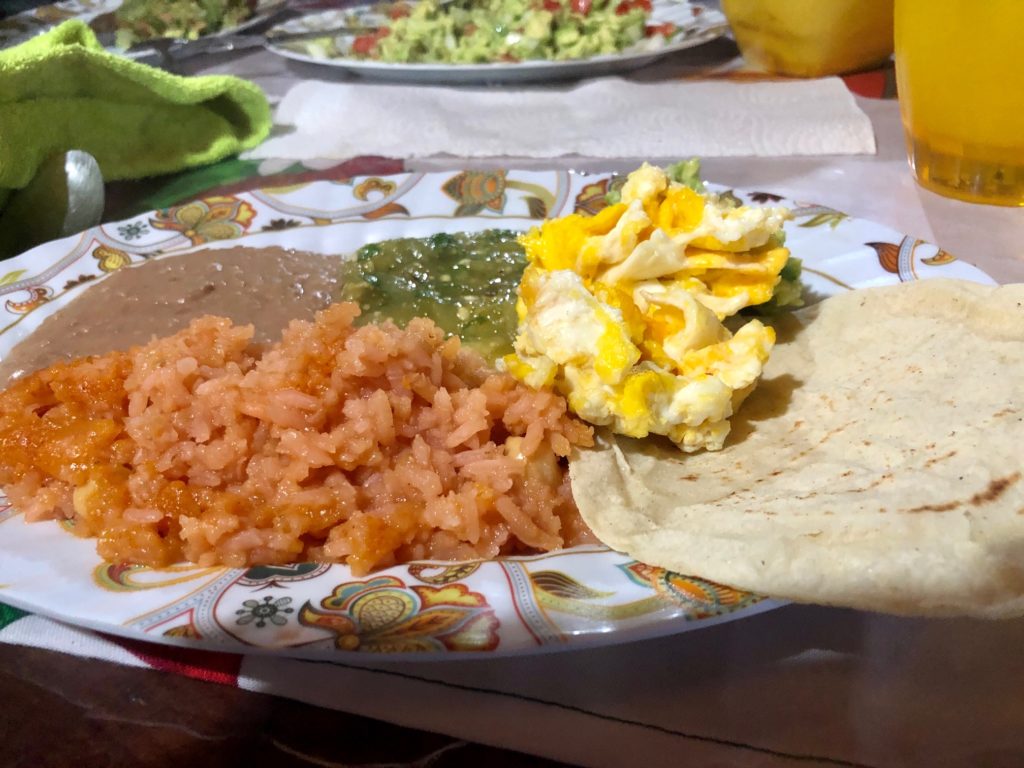
Exposure Therapy: Falling In Mexico
Do you suffer from a (crippling) fear of falling in rock climbing like I do!? There’s unlimited ideas out there about how to overcome it. But perhaps the most realistic is that you never do. I picked up 9 out of 10 Climbers Make the Same Mistake from the little library at Rock Camp, our second home in El Salto, which is littered with plenty of print material to browse on rest days, from relics like copies of Climbing and Rock and Ice dating back to the 80s to full length novels.
In 9 out of 10 Climbers, author and elite climber Dave MacLeod summarizes that taking practice falls, which is a common exposure therapy tactic to overcome the fear, is a good start, but that frankly, most people (me!) don’t do it enough. Not even close. One session doesn’t a confident climber make. MacLeod insists that you need to fall a lot. Every time you climb. Hundreds of time a year, in direct proportion to your fear of falling.
So what are you afraid of? What do you need to expose yourself to, more often, a lot, in direct proportion to your fear, in order to gain experience and grow? Let me know in the comments below!

